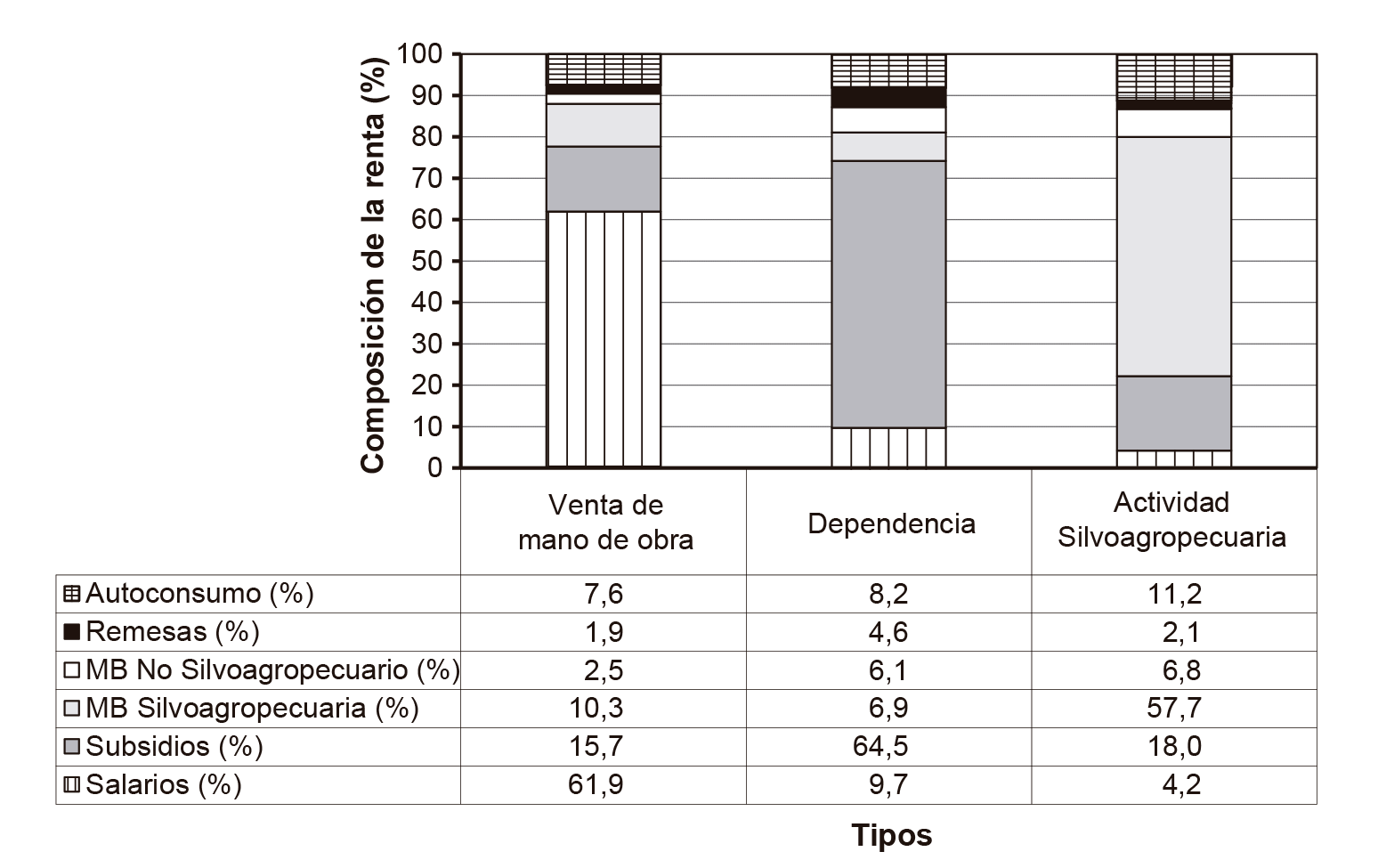Types of income-earning strategies and poverty in rural mapuche families in Galvarino
Keywords:
mapuche economy, rural families incomes, rural povertyAbstract
Several studies in Latin America relate the poverty status of rural families to their incomeearning strategies, identifying a higher incidence of poverty among salaried agricultural workers than among self-employed farmers, as well as a lower incidence of poverty in families that have diversified their sources of income. In Chile, the poverty rates for rural Mapuche families are higher than for the rest of the population. Their reduced access to physical assets and human capital/resources, their location in areas of lower economic activity and their difficulties in accessing markets are some of the causes of this situation. The aim of this article is to identify relationships between income-earning strategies of rural Mapuche families and their poverty condition. To this end, a typology of families is generated by a cluster analysis. The results show three types of strategies: temporary labor, salaried employment, and own-farm agroforestry activities, which represent 54.5%, 26.2% and 19.3% of households respectively. No differences were observed in the distribution of households by type of strategy and poverty, and despite the importance of labor market income, own-farm activities still make a significant contribution to the income of these families.

Downloads
Published
Issue
Section
License

This work is licensed under a Creative Commons Attribution-NonCommercial-ShareAlike 3.0 Unported License.
Aquellos autores/as que tengan publicaciones con esta revista, aceptan las Políticas Editoriales.


